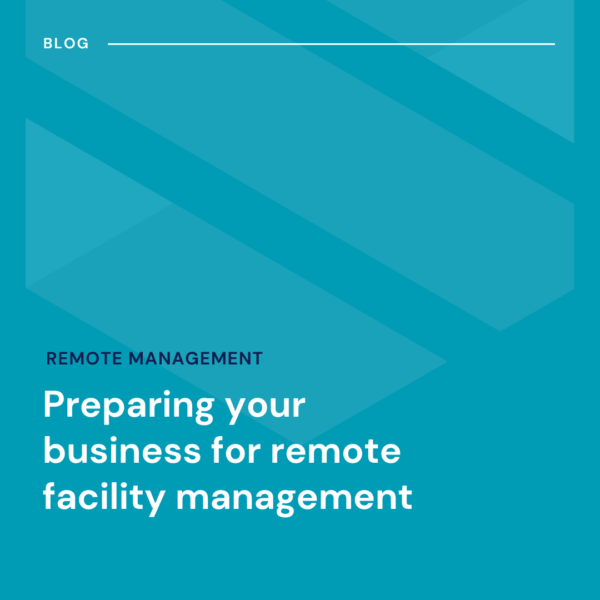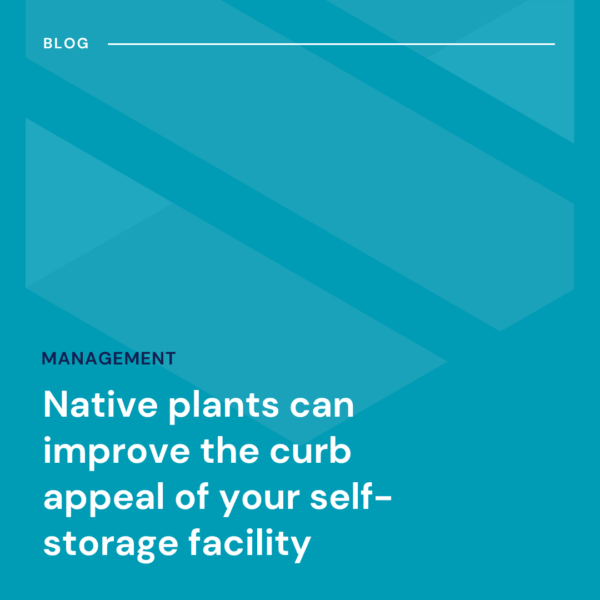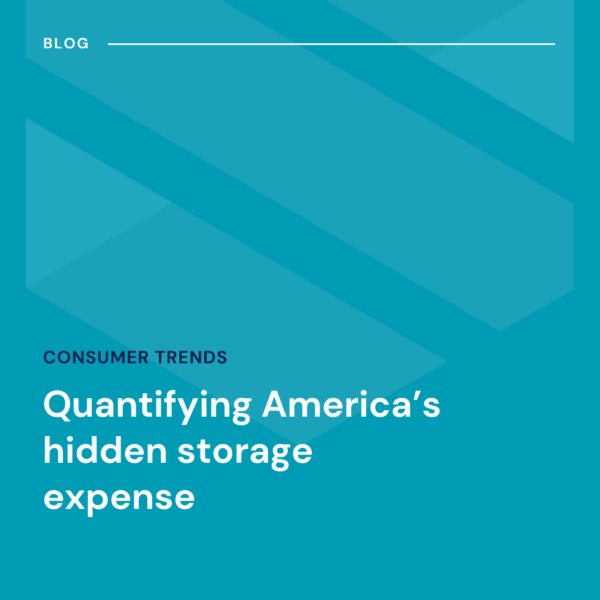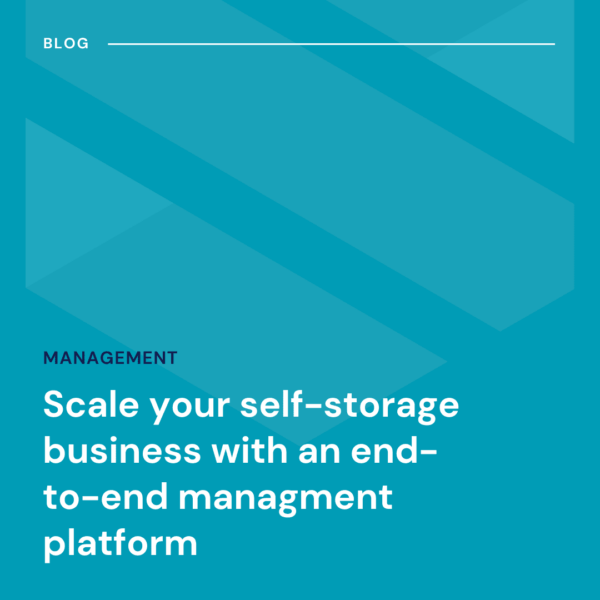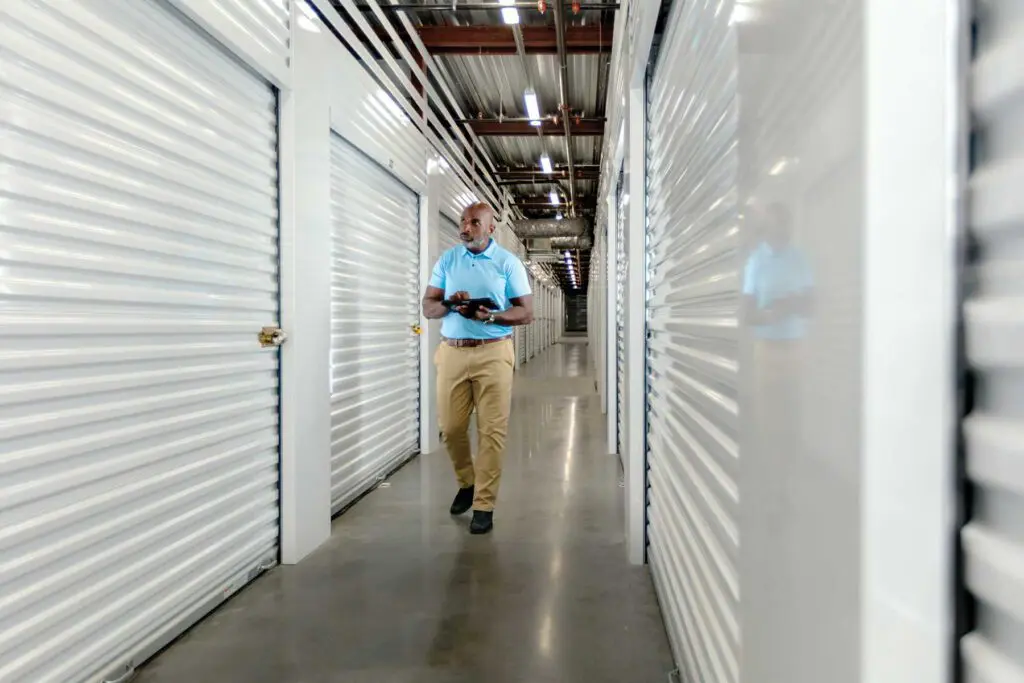If you’ve been running a traditional self-storage operation for some time, the thought of switching to remote management may have crossed your mind. After all, wouldn’t it be nice to lower your overhead while working from home more often?
On the other hand, some operators hesitate to adopt the unmanned self-storage model for a variety of reasons. They may worry the technology is too complicated or fear customers won’t embrace the shift. But the reality is, remotely operated facilities have been growing and evolving for over a decade and the technology is easy to implement and more affordable than ever. Early adopters have pioneered the unmanned approach with great success, ironing out many of the early challenges and proving the model works.
The pandemic accelerated this trend even further. Consumers became increasingly comfortable interacting with businesses through apps, websites, and contactless systems—and self-storage was no exception. Today, remote management is driven not just by technology, but by shifting customer expectations and operational efficiency.
Addressing Common Myths About Remote Self-Storage Management
New software and data tools now allow operators to monitor and manage their facilities from anywhere. With automated systems that track and convert leads, digital leases, flexible payment methods, cloud-based access control and real-time dashboards that provide performance insights, remote tools are helping operators stay on top of their business—without being physically on site.
Meanwhile, customers are looking for convenience. They want 24/7 access, quick online rentals, and instant communication. Remote management delivers on all of these fronts.
Even with all the progress, myths and misconceptions persist. Let’s clear a few of them up:
1. “Customers won’t like it”
This is one of the most common concerns—and it’s outdated. Today’s renters expect digital convenience. They book flights, order food, and bank online. Why should storage be any different? Remote management enables 24/7 rentals, instant gate access, and quick communication, which actually improves the customer experience for most.
2. “I won’t be able to charge as much”
Some think just because there isn’t a person at the front desk, there is a lower perceived value from the customers point of view. The opposite is often true. Customers value convenience and security, and are willing to pay for it. In fact, many remotely managed facilities maintain competitive pricing—or even premium rates—because they provide a seamless, on-demand experience that aligns with modern expectations.
3. “You have less control over your facility”
With the right tech stack, you have more control. Real-time data on unit occupancy, gate activity, payments, and marketing performance lets you make informed decisions and take immediate action, no matter where you are. With more data at your fingertips you can quickly adapt to market shifts and make changes that yield more NOI.
4. “The technology is too complicated”
Today’s self-storage software is designed to be user-friendly—even for non-tech-savvy operators. Modern platforms offer intuitive dashboards, tutorials, and support to help you manage rentals, payments, communication, and access with ease. Just a few years ago operators had to work with multiple vendors and services to piece together a remote management system, but now most everything you need to run a self-storage operation remotely can be had right off the shelf in one integrated package.
For example, Storable provides software that can be accessed anywhere, plus CRM tools that automate lead follow up, call routing features with a virtual attendant, and convenient pay-by-phone capability. Combined with websites that offer online move-ins and tenant portals, Storable offers everything an operator needs to successfully manage multiple facilities remotely.
5. “The technology is too expensive to implement”
It is true that some operators have invested a lot of capital to develop their own internal systems, but with the turnkey options available today you don’t have to. While there is an upfront cost, many operators find that remote management pays for itself by reducing overhead, improving efficiency, and eliminating the need for full-time onsite staff. Over time, it’s a strong ROI play that supports long-term growth. You’ll save even more whenever you can bundle services with a single technology provider.
6. “Remote facilities are not secure”
Security is often enhanced at remote facilities thanks to smart access control systems, surveillance integrations, and real-time monitoring. You can track gate entries, control permissions remotely, and receive instant alerts—keeping your facility safe 24/7.
7. “Unmanned storage facilities really means unmanaged”
This is perhaps the biggest myth of all. Remote facilities are not unmanaged, but rather strategically managed. Automated systems handle routine tasks like payment reminders and access control, while you or your staff stay available for escalations and support. It’s more efficient, not less involved.
The Strategic Shift to Remote Management
Remote management isn’t just a trend—it’s a strategic shift responding to customer demand, operational challenges, and technological opportunity. Of course, going fully remote may not be suited to every operator. Many storage owners like to meet their customers in person and cherish these daily interactions. But even if that sounds like you, that doesn’t mean your facilities couldn’t benefit from a blended hybrid approach that offers customers options and flexibility to reserve and pay rent online.
The point is, remote management doesn’t need to be implemented all at once. It can be implemented gradually in phases by adding one capability at a time and seeing how it works. If you’ve been on the fence, now’s the time to talk to Storable and explore what remote self-storage management can do for your business. You might find it’s the best move you’ve made yet.


